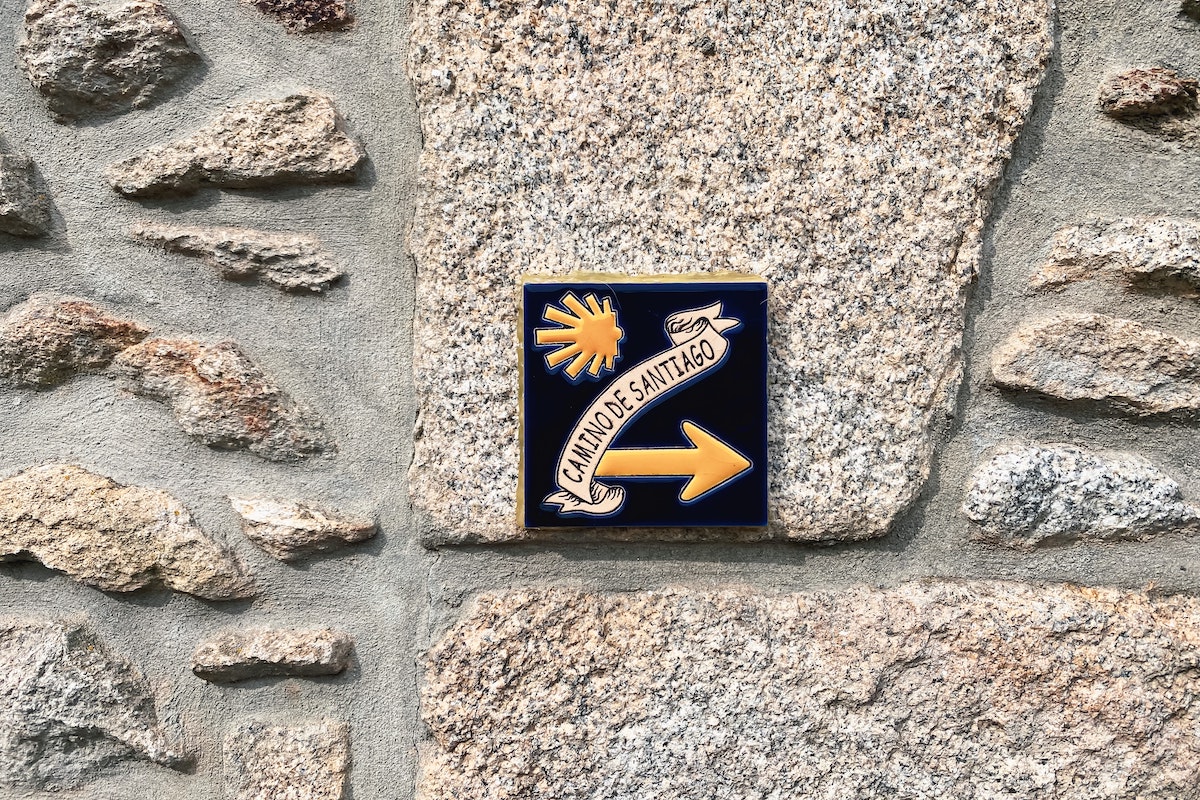By: Erick Widman
Carlo Laruccia left his native Australia behind for an odyssey on Spain’s El Camino de Santiago. He spent 47 memorable days hiking, reflecting, resting, and meeting new friends throughout his journey. Here’s his story and why you should trek El Camino.
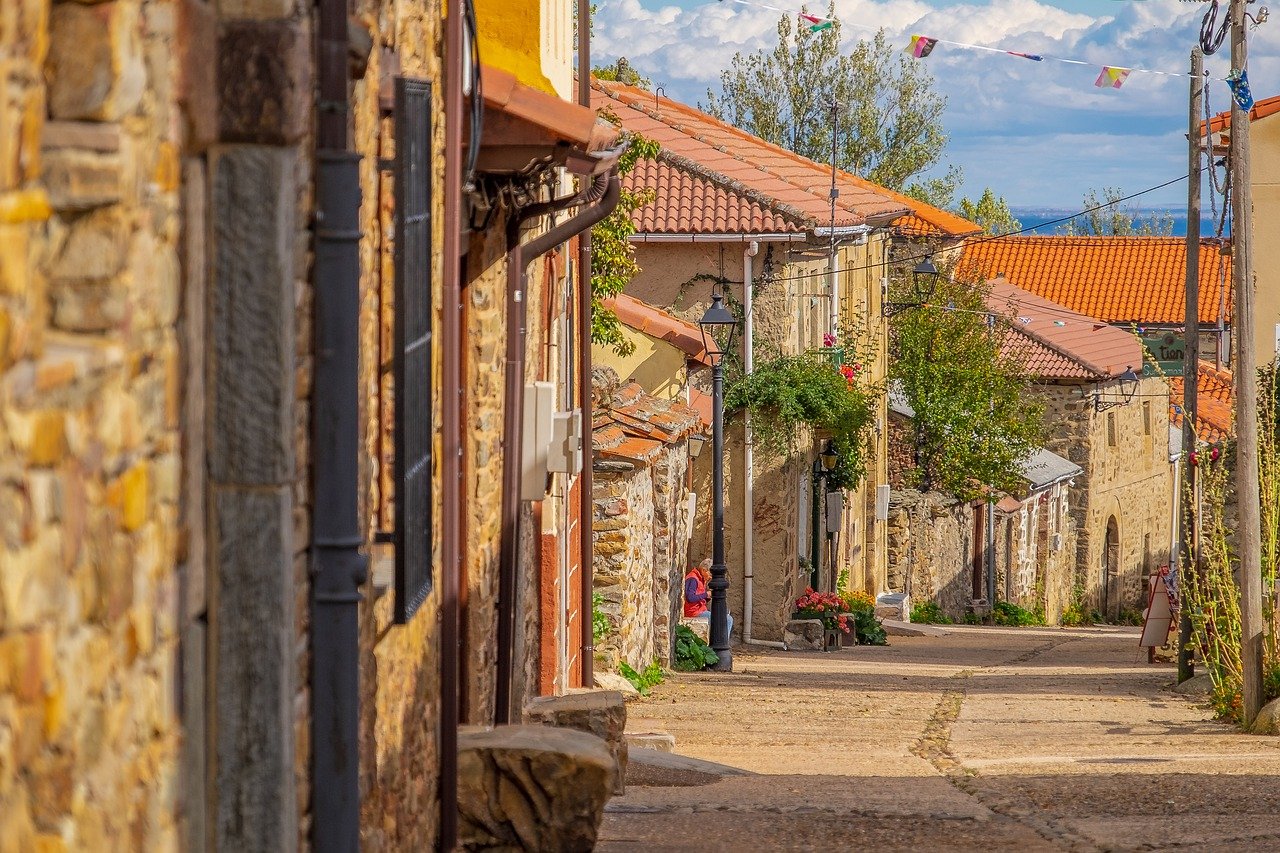
Gorgeous scenery abounds throughout the trek. Via Pixabay.
Hiking from France to the Edge of Western Spain
Carlo started his hiking trip in June from Saint-Jean-Pied-de-Port, a lovely French town at the base of the Pyrenees. It’s a popular starting point for pilgrims—Carlo loved it, describing the area as one of the most “spectacular and picturesque” places he’s ever been, and an amazing spot to start his journey.
For those commencing their trip in Saint-Jean-Pied-de-Port, it takes an average of five weeks to get to the the traditional end point—a cathedral in Santiago de Compostela. Each day, Carlo would walk an average of 20 km, so he had a fast pace, but he was also in excellent shape. The most he ever completed in a day was 45 km, but he also took entire days off to rest. Every day, he simply traveled at a pace that felt right to him.
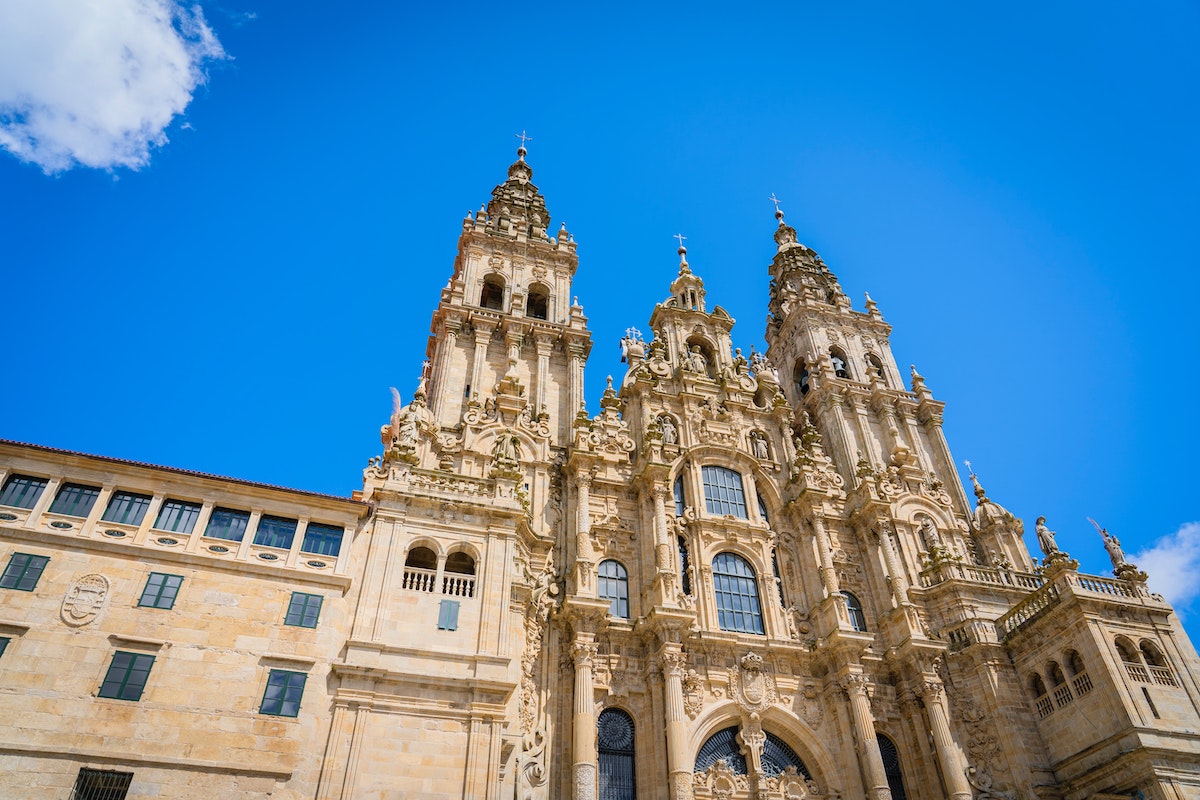
Cathedral in Santiago de Compostela. Photo by Victoriano Izquierdo on Unsplash.
Staying in Hostels Exclusively for Pilgrims
Most nights of his hiking trip he stayed in hostels specifically set up for pilgrims, called albergues in Spanish. These albergues varied in size and could house a couple hundred people. Carlo explained that you can only stay in these albergues if you are actually hiking the Camino, which promotes camaraderie amongst the travelers. You need proof that you’re hiking the Camino to stay there, and you need to get a stamp at the prior albergues you’ve stayed at as you make your way west. The cost is a mere 4—8 euros a night. Take heart potential Pilgrims!
Carlo met a number of couples hiking El Camino de Santiago, but thinks that the best way to experience this pilgrimage would be as as solo traveler. This way, you’ll end up meeting more people from all over the world who can turn into great friends. (In fact, my sister met Carlo while they were both hiking the Camino solo, which is clear proof of the higher caliber of the people making the pilgrimage!)
Carlo has traveled a lot and he can’t think of any spot where you can connect with fantastic people across the globe who are doing the same activity and sharing the same meaningful experience.
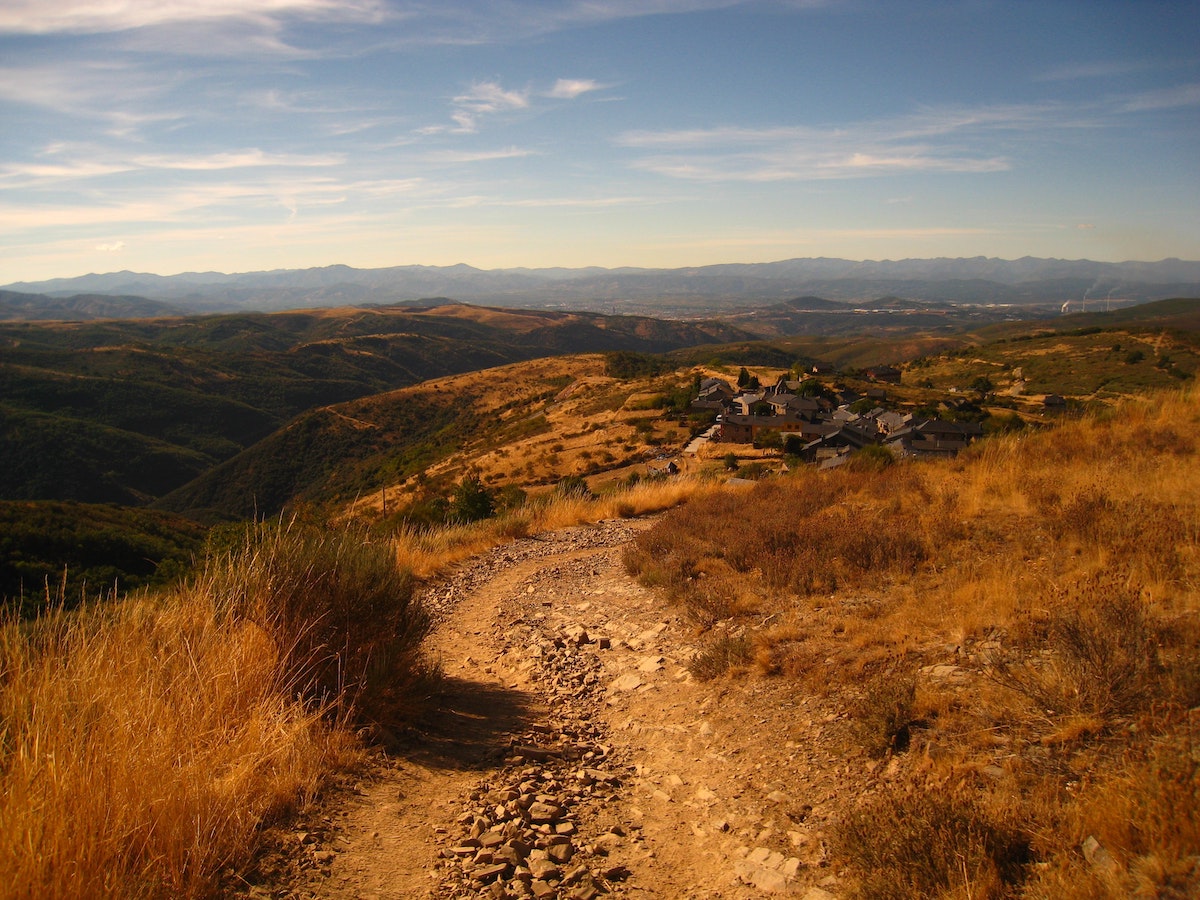
Go at your own pace while hiking the trail. Photo by Julia Gerlach on Unsplash.
Meeting Great People and Traveling the Way that’s Best for You
Carlo also found that every day is “totally different” from the others on El Camino de Santiago. He might spend time talking and hiking with a group for a while and then be completely solo. He found that groups of up to eight or so could naturally form as they set out, and it was common for two people to walk and talk for a bit. Some preferred to walk completely solo for weeks at a time. Of course, it’s up to each traveler whether they want to have a silent or social experience on a particular day.
Similarly, some travelers like to start each day early—Carlo knew a number of people who would get going at 5:00am. But some albergues don’t allow people to leave prior to 6:00am in order not to wake the other sleepy pilgrims up prematurely.
While traveling the Camino de Santiago, you’ll tend to bump into people you’ve met before after a day or two. Seeing familiar faces builds friendships further over time.
An Idyllic Hiking trek along El Camino De Santiago
Carlo explains that the Camino is quite hilly, something that he was surprised about after he got started. Also, about 80% of the Camino is set in beautiful, remote surroundings. The remaining 20% takes place in villages and a few larger towns like Burgos, Leon or Santiago. In these cities, the Camino de Santiago extends alongside a road through town, but this certainly is just a small portion of the trek.
In fact, on certain days Carlo was completely alone with no one else in sight, and he’d be walking through farmland or remote valleys with no human contact till he turned in for the night.
Training for the Trek
Carlo recommends that travelers definitely should be in good shape prior to tackling the Camino de Santiago. In fact, he saw lots of overly-optimistic pilgrims who hadn’t adequately trained actually end up in the hospital! Most of the suffering that he saw came from feet that couldn’t take the daily beating along with backs that weren’t ready to support a big load every day, all day long.
Carlo saw firsthand that those who made sure to get into excellent shape before starting out ended up having a vastly superior time to those who didn’t prepare as much. A key thing he recommends is that you take sufficient time to prepare—build up to it over months. You don’t have to be a top performing athlete of course, but your body has to get used to being all day, every day…which many of us don’t do.
Packing Smart
Make sure you have boots that are extremely comfortable and worn in before you start out as well. And Carlo has found that if anything is uncomfortable in a new pair of boots, it’s unlikely that it will truly get better over time. It’s a much better choice to make sure your footwear doesn’t have any flaws from the beginning.
Definitely choose a lightweight pack, and Carlo says it’s ideal to have one around 2 to 2.5 kilos (4 to 5.5 pounds). Also, a common guideline for the Camino—especially for new hikers—is that total weight of the pack when filled up with your stuff should be around 10% of your body weight.
It simply makes sense to keep your weight down to a minimum, and what everyone does is wash their socks and underwear every single day. This allows you to bring just a couple pairs of everything.
The common communal ritual of all hikers is to check into the hostel, perhaps take a shower right then, and then immediately get to doing the wash. In the summertime, it’s easy for clothes to dry out quickly when they’re set outside in the toasty Spanish afternoon sun.
In addition, there were a few days where Carlo’s clothes didn’t dry out completely by the morning, but he found this wasn’t a problem because the day was so warm. In retrospect, Carlo realized his canvas pack was too big for the Camino de Santiago, but he’s been able to put it to good use since back in Australia.
The Perfect Timeline
Was 47 days too long or short for Carlo’s trek? According to Carlo, the amount of time was perfect—he didn’t want it to end. Keep in mind that Carlo did a super-pilgrimage in which he kept right on walking past the traditional stopping point at Santiago.
Carlo traveled out all the way to the ocean at the edge of Western Spain in Fisterra, or Finisterre. This final leg of his trip added another four days from Santiago out to Fisterra. In ancient times, this spot was known as the end of the world, which is reflected in its name: “finis” (end) and “terre” (earth). By ending his trip here, Carlo experienced a “magic finish” that was right on the beach. He traveled to Fisterra via the town of Muxia, which he also highly recommends seeing—it is definitely worth including along the way.
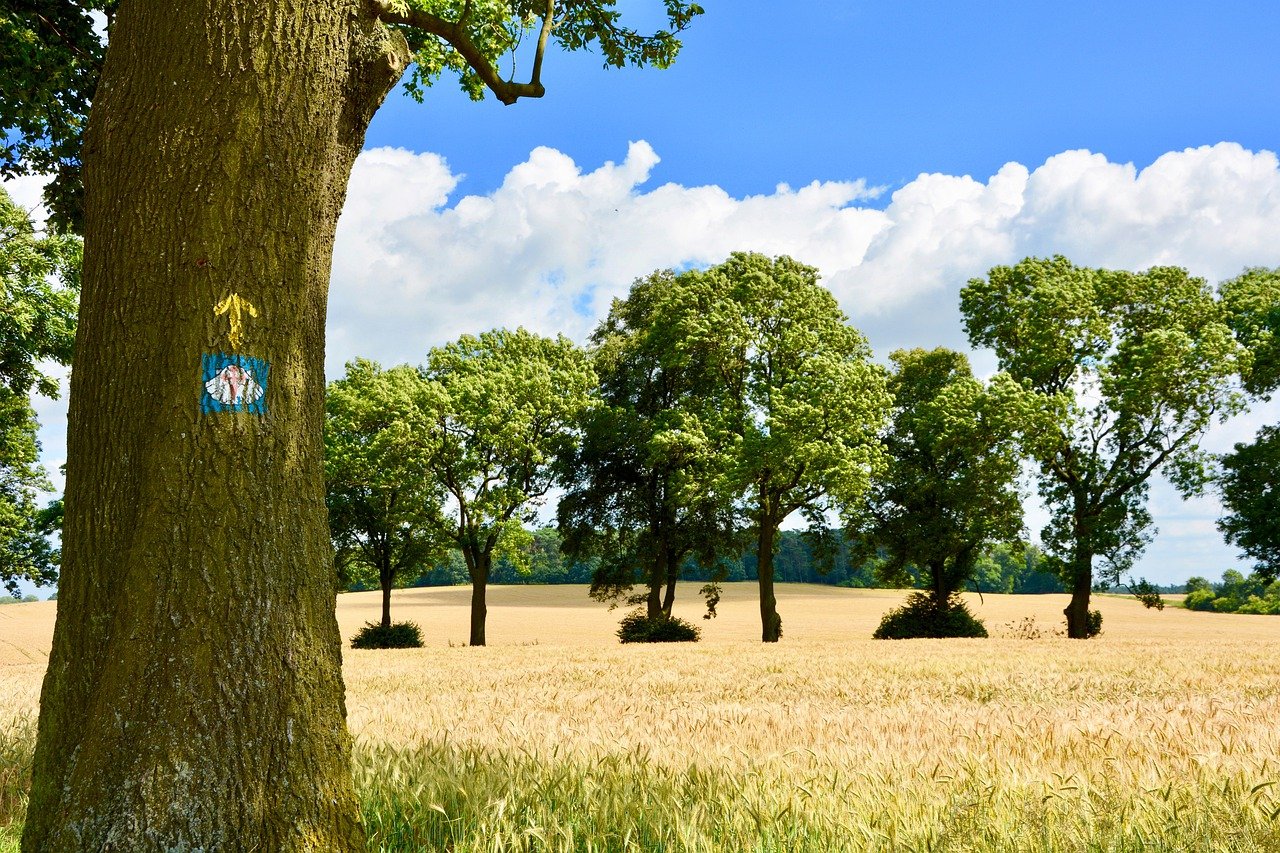
Enjoy every new view hiking El Camino De Santiago. Via Pixabay.
Remember: It’s All About the Journey
Carlo found that many people he met focused more on getting to their destination and wanted to “just smash it out.”
But, for Carlo, it was more of a spiritual journey: the day-to-day travels were more important than crossing the finish line. He also didn’t feel overly pressured to keep going and not rest for a day when his feet hurt.
Featured image via Unsplash.
Frayed Passport is a participant in the Amazon Associates Program, an affiliate advertising program designed to provide a means for sites to earn advertising fees by advertising and linking to Amazon.com. We also may share links to other affiliates and sponsors in articles across our website. If you have questions or concerns, please contact us.

